전나무, 너도밤나무와 타팬의 땅
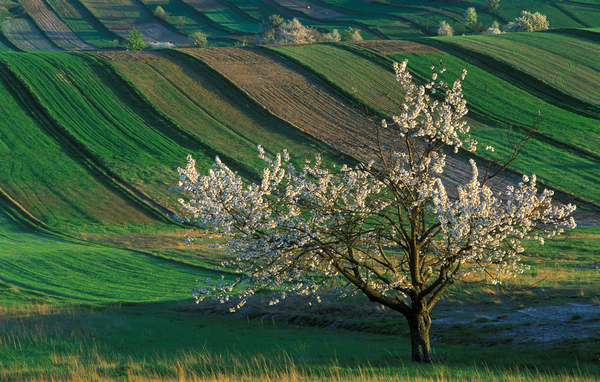
로스토체 국립 공원은 폴란드 23개 국립공원 중 하나로, 우크라이나와 EU 국경을 맞대고 폴란드 남동부 로스토체 지역에 있다. 폴란드의 국립공원 중에서 공원 면적 8,483ha에 수목이 무성한 산림 단지가 95.5%를 차지할 정도로 크다. 로스토체는 낮은(최대 400m 해발고도) 석회암 언덕들로, 다양한 토양과 특정한 기후를 갖고 있어 모자이크 생태계와 다양한 동식물 군집을 조성한다.

공원에서 가장 주목할 만한 산림단지로는 비옥한 카르파티아 너도밤나무숲, 성 십자가 전나무숲, 아대륙 오크 소나무속숲, 또한 주된 서식 식물이기도 한 소나무 습지 삼림 지대 등이 있다. 성 십자가 전나무숲과 비옥한 카르파티아 너도밤나무숲은 아담한 면적이지만 대부분의 너도밤나무와 전나무가 높이 50m, 지름 4.5m에 달할 정도로 상당히 크다. 이 외에 귀한 오리나무와 토탄 늪도 있고, 중부 유럽, 시베리아 유럽, 아한대, 산악지대, 대서양, 스텝 지대, 남시베리아 등 다양한 지질학적 대표종의 풍부한 식물 군집이 함께 한다.

공원에 서식하는 생물 군집도 흥미롭다. 자연적 특성을 가진 숲과 무척추동물 등 삼림과 관련된 종들이 우세하다. 많은 무척추동물 종은 죽은 나무와 목재 분해와 연관되어 원시림의 유물로 여겨진다. 공원의 삼림 지대는 또한 늑대나 스라소니와 같은 큰 포식자들의 번식과 서식에 좋은 환경을 제공하고 있다.
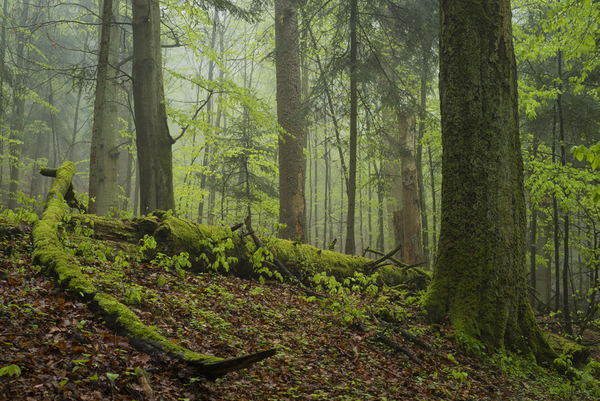
매년 공원을 찾는 약 28만 명의 관광객을 위해 5개의 관광 코스, 12개의 자연 탐방길, 자전거길이 마련되어 있다. 그중 가장 아름답고 많이 찾는 부코바 구라로 가는 자연 탐방길은 2.6km 코스로 소나무숲에서 전나무숲과 비옥한 가문비나무숲을 지나 로스토체 끝의 전망대까지 다양하게 관찰할 수 있다.
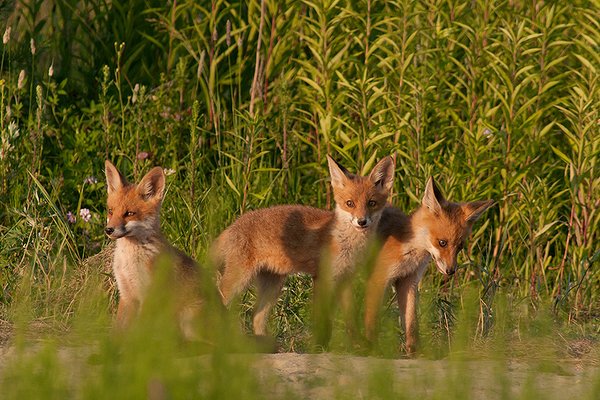
숲길이 있는 보호 구역은 1934년부터 자연 보호 구역의 형태로 엄격하게 보전되어왔다. 공원에서 가장 귀중한 보호 구역은 전체 면적의 약 12%로 수십 년간 사람의 발길이 거의 닿지 않아 원시림과 같은 자연의 피난처다. 즈비에쥐니에츠 마을 역사지구에 위치한 교육박물관센터의 상설 전시와 특별 전시에서 공원의 가장 중요한 자연, 관광, 교육 자산을 배울 수 있다. 센터 옆 관광정보안내소에서는 방문 수칙을 익히고 필요한 지도나 기념품을 판매한다.
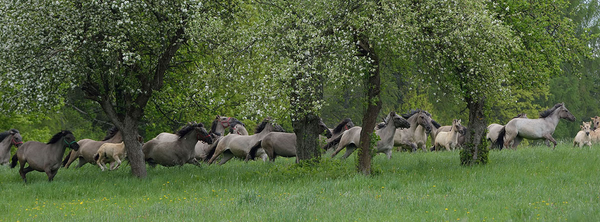
공원의 상징은 ‘코닉’(폴란드 원시어, 폴란드어로 코닉 폴스키)이다. 이 동물은 독특한 자연 교배종인 타팬이라고 불렸던 야생마의 후손이다. 리투아니아 원시림에서 잡은 마지막 개체들이었던 타팬은 18, 19세기 초에 자모시치 조령에 포함된 숲에 폴란드 최초의 동물원에 잠시 살았다. 하지만 경제적인 이유로 인하여 1806년경 이들을 주변 소작농에게 나누어주게 되고, 이들이 가축화된 에쿠스 카발루스 종과 교배하게 되면서 타팬은 멸종되었다.
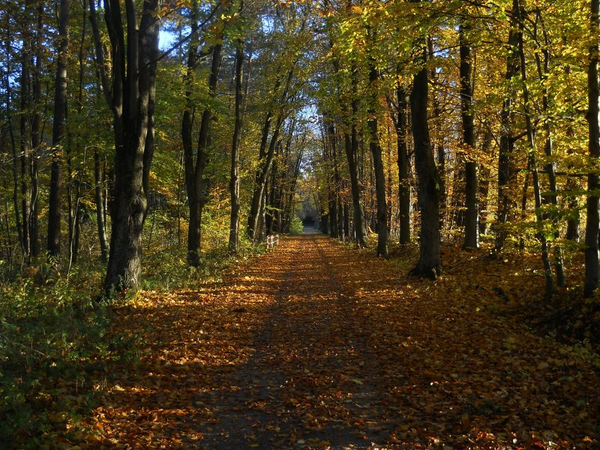
1925년 원시 말 복원 연구를 통해 멸종된 타팬의 후손에게 코닉이란 명칭을 붙였고, 1982년 로스토체 국립 공원에 데려왔다. 현재 종 보존 센터의 일환으로 희귀하고 멸종 위기에 처한 재래종의 유전 자료 보존을 위한 프로그램을 시행하고 있다. 코닉은 생태 연못 근처의 보존 농장에 살고 1996년 플로리안카에 마구간을 지었다. 최근에는 공원의 다른 구역에 울타리를 치고 코닉을 방목하여 비(非)숲 초원식물 유지를 돕고 있다. 2차 천이를 일으키는 그루터기, 나무 등이 이 구역에 들어서지 않도록 막는 것이다.
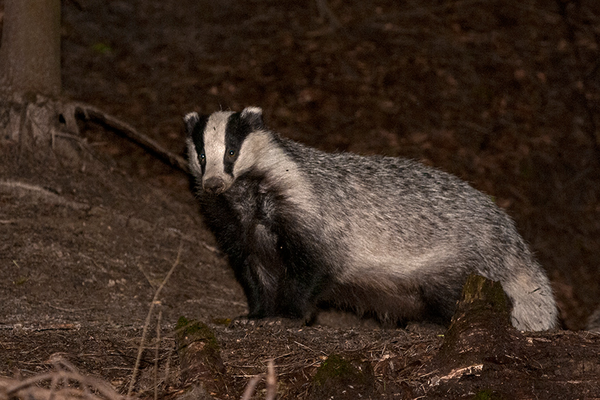
로스토체 국립 공원은 EU 국경으로 나누어진 자연·문화적인 국경 지대이다.폴란드와 우크라이나에 걸쳐 있는 로스토체는 2019년 ‘사람과 생물권 프로그램’ 아래 유네스코 세계 생물권 보전지역 네트워크에 국경을 넘는 생물권 보전 지역 ‘로스토체’로 등록되었다.
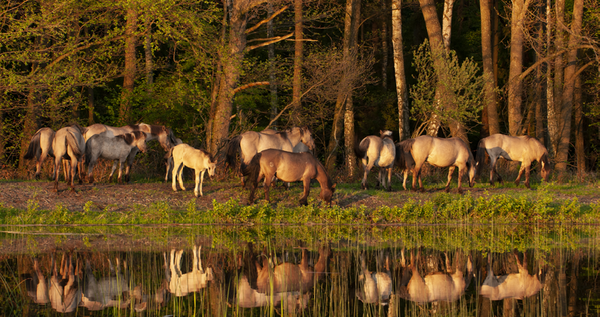
Roztocze National Park The land of fir, beech and tarpan
Roztocze National Park is one of twenty-three national parks in Poland. It is located in the south-east of Poland in the geographical region of Roztocze at the border of the European Union with Ukraine. It is one of the most wooded among Polish national parks and is distinguished by a large share of natural forest complexes in relation to the occupied area.
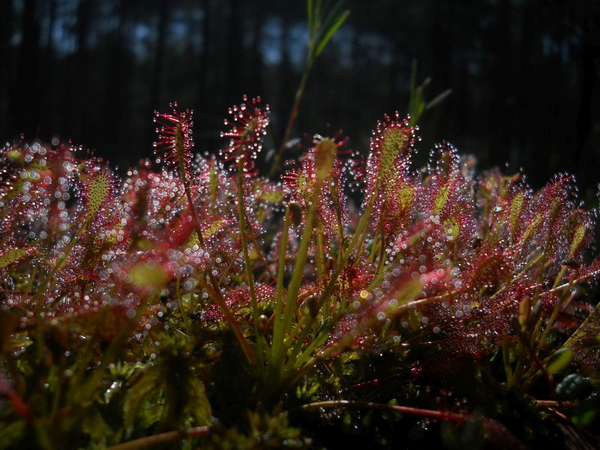
The area of the Park is currently 8483 hectares, where forests cover 95.5% of this area. Roztocze is a range of low (up to 400 m a.s.l.) limestone hills with very large, diverse of soil types and specific climate features, conditioning great mosaic patterns of habitats and a variety of plant communities and fauna. The most valuable forest complexes in the Park include: fertile Carpathian beech forest Dentario glandulosae-Fagetum, Holy Cross fir forest Abietetum polonicum, subcontinental oak-hornbeam forest Tilio-Carpinetum and pine bog woodlands Vaccinio uliginosi-Pinetum, which are also priority habitats. Holy Cross fir forest and fertile Carpathian beech forest have here limits of their compact ranges in Poland. Despite this, beeches and firs reach impressive sizes, often reaching 50 m in height and 4.5 m in circumference. The richness of the Park's forests are complemented by valuable alders and peat bogs.
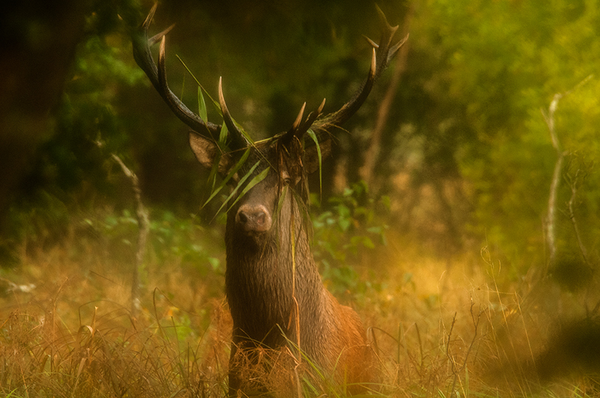
This is accompanied by an extremely rich world of plants, in which we can meet species representing various geographical areas - elements of vegetation with a range of Central European, Euro-Siberian, boreal, mountain, Atlantic, steppe and South-Siberian species.
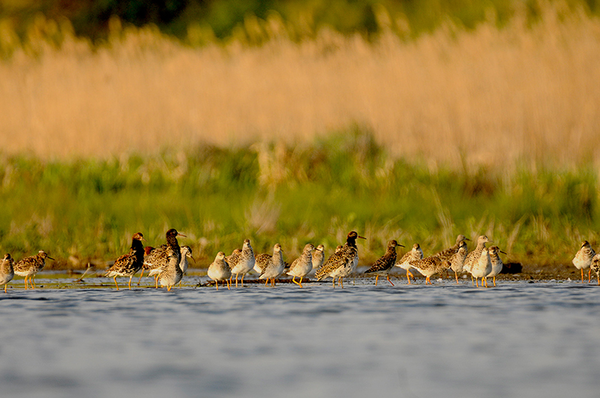
Equally interesting is the fauna of the Park, which is dominated by species associated with forests, including forests of a natural character, including i.a invertebrates, of which many species associated with dead and decaying wood are considered relics of primeval forests. The Park's forest sections are also inhabited by large predators such as the wolf and the lynx, which find here excellent conditions for reproduction and existence.
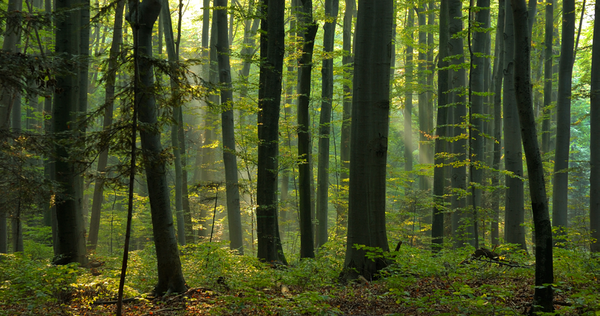
The Park conducts various educational activities and is available for tourists. It is visited by around 280,000 people per year. Within the Park there are 5 tourist routes, 12 nature trails and a bicycle route available. The most attractive and most visited sightseeing route is the nature trail to Bukowa Góra. On the 2.6 km long of this nature trail, we discover amazing natural diversity. The trail leads from the pine forest through the fir forest, fertile beech forest, to the viewpoint on the edge zone of the Roztocze. The trail leads through a strict protected area, which in the form of a nature reserve was protected as early as 1934. The most valuable strict protected areas for the Park cover about 12% of the area and constitute a kind of sanctuaries of nature - a forest with the appearance of a primary forest, almost untouched by human foot for many years.
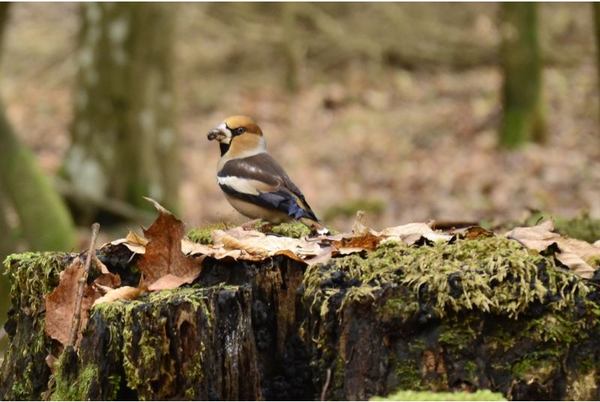
The Park's main educational facility is the Education and Museum Center located in the historic part of the town of Zwierzyniec, where are presented permanent and temporary exhibitions. This exhibitions will familiarize us with the most important natural, tourist and educational assets of the Park. In the Tourist Information Point next to EMC, we can learn about the rules of visiting the Park, as well as buy the necessary maps, guides and souvenirs from our region.

The symbol of the Park is "Konik" (Polish primitive horse; in Polish: konik polski), - a descendant of wild forest horses called tarpans, which are considered as unique natural and breeding relict. At the turn of the XVIII and XIX centuries, one of the first "zoo's" in Poland was created in the forests belonging to the Zamość Ordinance. Tarpans were kept here for several years these last individuals were caught from the primeval forest in Lithuania. However, for economic reasons, around 1806 they were soon given away to nearby peasants (around 1806), where they crossed with domestic Equus caballus horse breeds, then Tarpans have extinct.
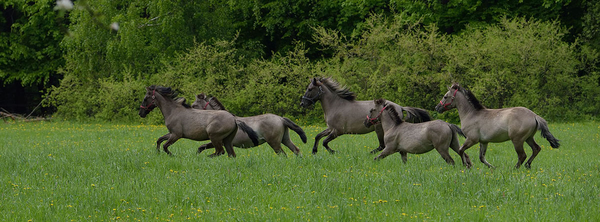
In 1925 descendants of extinct Tarpans after research on the restitution of primitive horses were called Koniks. Koniks were brought to the Roztocze National Park in 1982 and currently the Park is conducting a program for the conservation of genetic resources of rare and endangered native animal breeds as part of the Conservative Breeding Center. Koniks live in a reserve farm separated and fenced in the vicinity of the Echo ponds, and the stable farm established in 1996 in Florianka. In recent years, the Koniks also been additionally placed in several fenced areas of the Park, where through grazing, they help maintain existing non-forest communities mainly meadow vegetation. It's preventing shrubs and trees from entering these areas as a due to secondary succession.

Roztocze National Park is located in the Roztocze region - a natural and cultural borderland devided by the European Union border. In 2019 Roztocze on the Polish and Ukrainian sides was inscribed on World Network of Biosphere Reserves under the UNESCO "Man and Biosphere Programme" as the Transboundary Biosphere Reserve "Roztocze".
글 Kang Bogusz Beata
주한 폴란드 대사관

